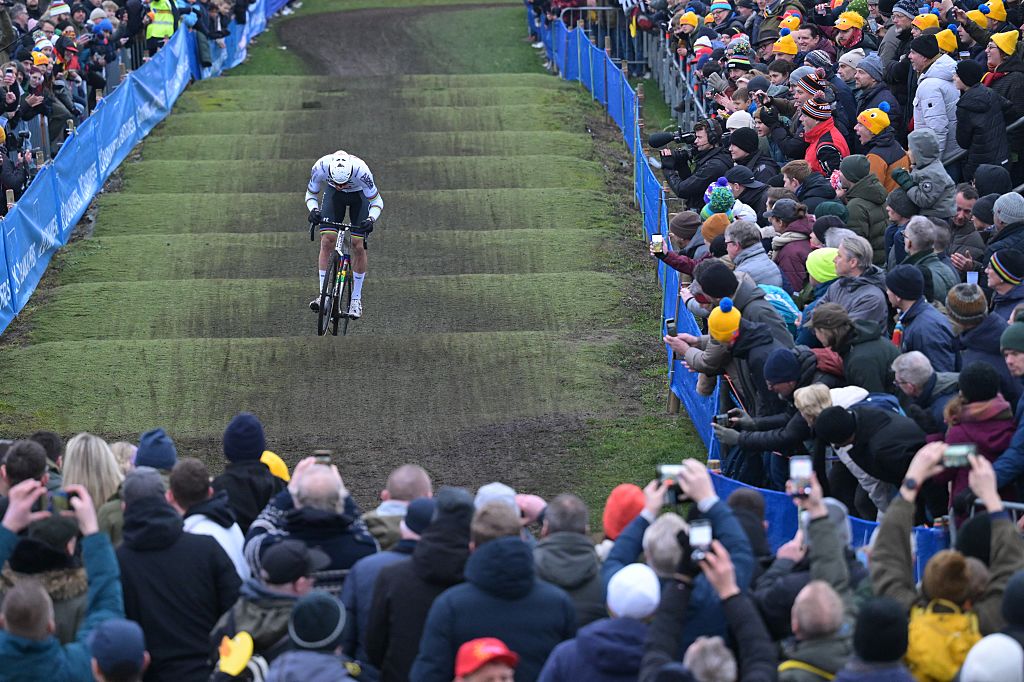Four simple ways to develop women's cycling
Why the time is now to help the sport thrive
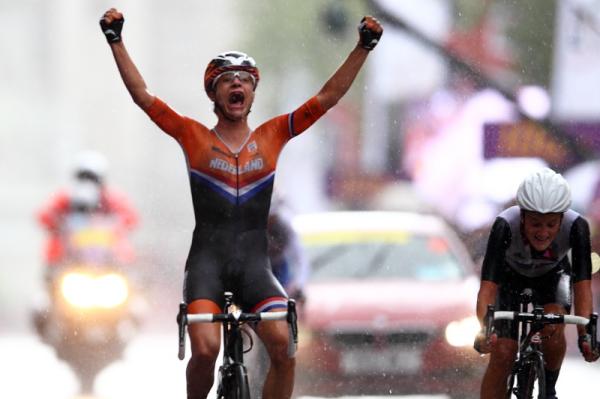
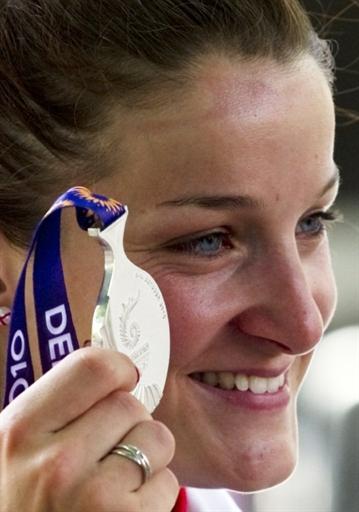
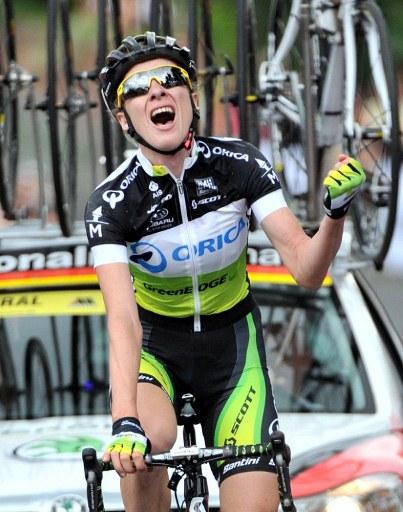
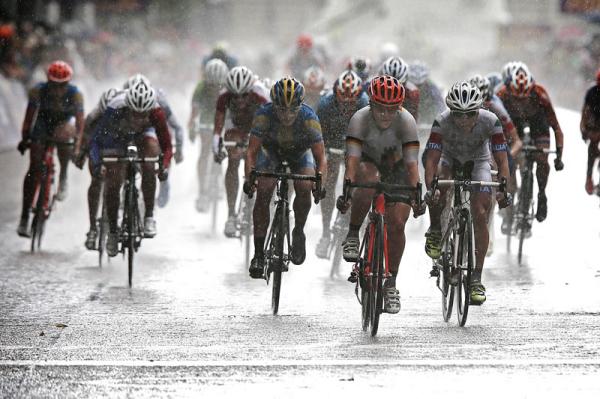
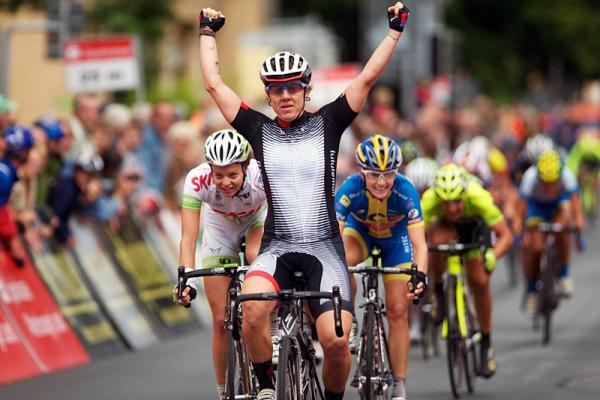
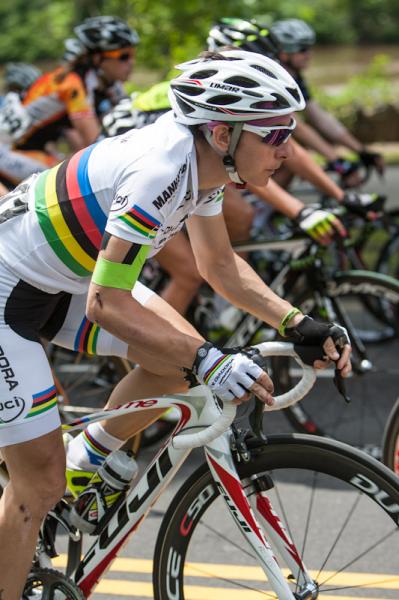
The post-Olympic period is always a strange time for women's cycling. While it seems like the whole world is excited about the sport, with millions of people seeing how dynamic the racing is, there's an almost immediate collapse of teams and races, as sponsors who wanted to support Olympians decide they've got what they needed, and pull out - as has happened with one of the biggest women's teams, AA Drink-Leontien.nl, announcing that they'll have to close at the end of the season.
Clearly, help is needed, and now is the perfect time for the major stakeholders in the sport to make some really simple changes for 2013 and help women's cycling not just survive, but thrive.
1. Celebrate the differences between mens' and womens' cycling
When the women's peloton raced towards Box Hill in the Olympic road race, viewers relished how aggressive the race was, with Ellen van Dijk's endless attacks setting the tone for what was to come. Because the UCI sets severe limits on the distances, women cyclists have more energy for exciting tactics - and this can hook whole new audiences into cycling, just as the different categories of Spring Classics, Grand Tours and more, appeal to different sections of cycling fandom.
The other big difference is in the riders. The women have great stories, and tell them eloquently, capturing the imagination, and
inspiring people both to race themselves, and to follow their own dreams. As the Olympics have shown, riders like Evelyn Stevens or Clara Hughes are magnets for interest, and gives the wider media new narratives, rather than the traditional stories of doping scandals, which can only help the men too.
All this can be used, by the National Federations and UCI promoting the sport at the top, by teams to attract new sponsors, through sponsors' support, and by journalists writing about the sport. There are excellent examples of all of this happening right now - and of riders' use of social media to promote the sport they love - and it's something everyone can commit to doing more of, right now.
2. Use carrots, not sticks
The latest race content, interviews, features, reviews and expert buying guides, direct to your inbox!
One argument about women's cycling is whether men's teams and races should be forced to have women's equivalents. This is a distraction, for two reasons. Firstly, it doesn't help anyone to set something up just for the sake of it - but more importantly, it ignores some truly excellent practice that appears in the women' sport, that the men's side can learn from.
A solution would be to encourage men's teams and races to partner with women's teams and races, OR set up their own. This would not only recognise and value the positive structures that exists, it would also emphasise the differences again. Races like Flèche Wallonne, GP Plouay and Tour of Qatar have different models for running both men's and women's races on the same and different courses - and there are partnerships that look obvious - the Giro and the Giro Donne, Milan-San Remo and the Trofeo Alfredo Binda World Cup, for instance.
The expectations for partnerships would have to be set out clearly in advance, of course, but this would always remain optional. No one would be forced to do this - only if races and teams wanted to be part of the World Tour.
This isn't anything new. The UCI have already implemented similar measures in other part of the sport, so that cyclocross, races can only be C1 categorised if they have a women's race as well, and the Mountain Biking team classifications are worked out on the scores of the teams' top male and female riders, with benefits all round.
3. Add an additional level for women's cycling
One of the oddities of women's cycling is the only UCI team category is "UCI registered", using the same rules as men's Continental teams. Those rules are aimed at development squads, which causes problems, as rules such as "A majority of the riders must be under 28" are useful when there are clear development pathways through the sport, but make less sense when there's only one category, and top riders like Judith Arndt and Ina-Yoko Teutenberg are still at their peak in their 30s.
An easy fix would be to add a "pro" level to women's racing, analogous to men's World Tour teams. This would be voluntary, with basic standards such as minimum salaries, having a website, etc. It side-steps the argument that minimum salaries would cause teams to fold, by being optional, but in return, teams would have more freedom, and automatic entry into top races - and the top races would be able to better limit the entrants, with no club or national teams, just as the men's can.
4. Make races more visible
Every big women's race is filmed, from start to finish, but they're hardly ever shown on tv. The UCI have made a start on changing this, commissioning 15 minute programmes on the World Cup races that are on their youtube and get on tv - but they could go further, as they do when they stream MTB and BMX live on their website. Similar deals can be done with the companies filming women's races - it just takes political will. After all, if there's one thing the Olympics showed, there's a huge appetite to watch women racing, and now's the time to take advantage of it!
This is just the beginning, and there's an awful lot more the UCI, teams and media can do to help grow the sport - but now is the perfect opportunity to show that the "Olympic effect" is a positive one, and that in four years' time, we'll be celebrating how problems have been solved, and the only way is up.
